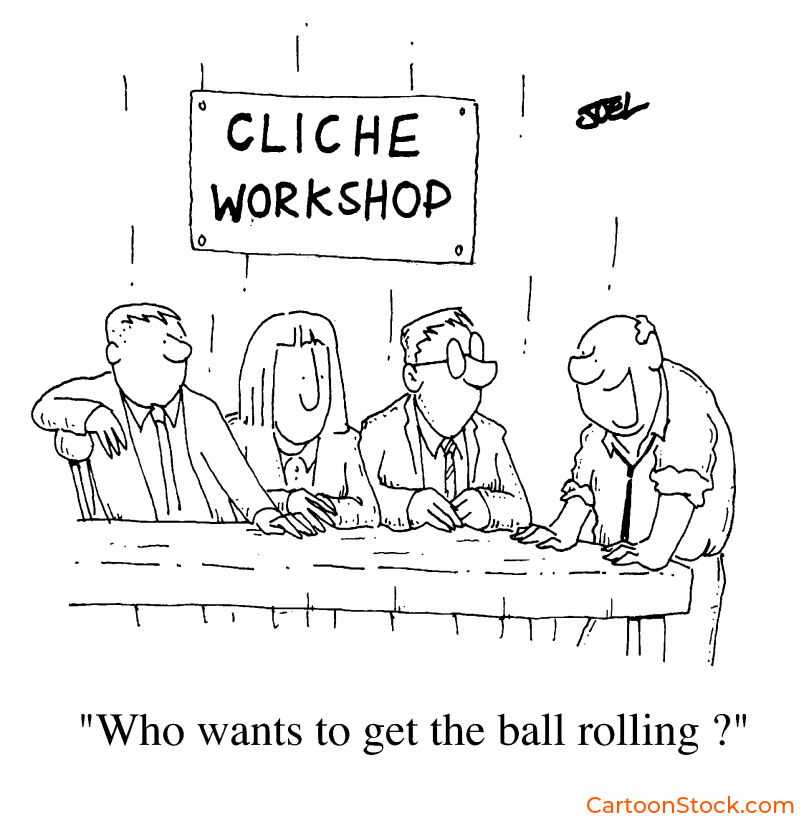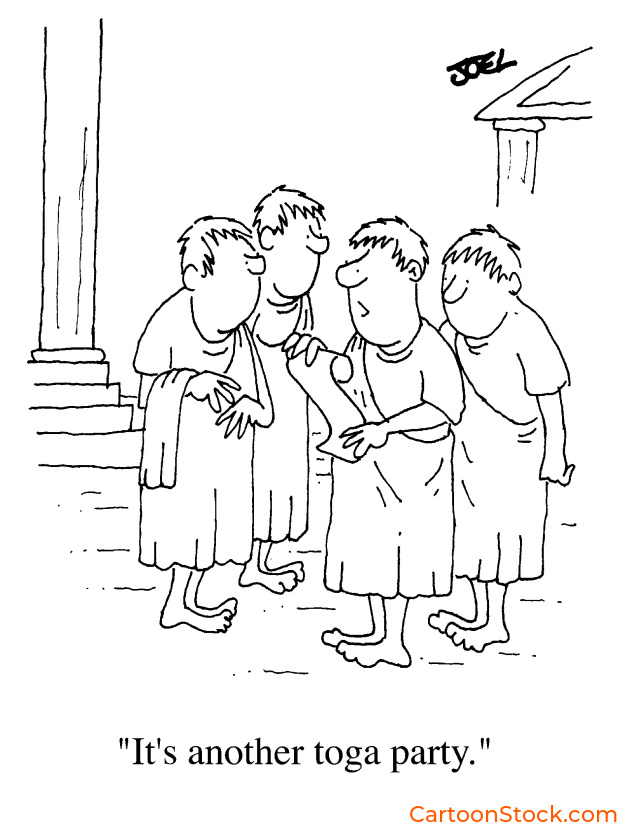Part of our History & Art of Cartoons guide
More Than Just a Drawing Style
When we talk about how cartoonists develop their signature style, we’re talking about much more than technique. Cartooning isn’t just about drawing—it’s about finding a visual voice. For most artists, style isn’t something they choose once. It’s something they discover gradually, shaped by instincts, habits, mistakes, and influences.
Cartooning isn’t about drawing like everyone else—it’s about drawing like yourself. For most artists, developing a signature style is less about deciding and more about discovering.
Some cartoonists find their look early. Others evolve over years of experimenting with line weight, character design, digital tools, and emotional tone. For everyone, though, style becomes more than visual. It’s how the cartoon speaks—how it delivers the joke, lands the emotion, or builds a world in a single panel.
A cartoonist’s style is their shorthand: instantly recognizable, entirely theirs, and essential to how their work is read and remembered.
A Cartoonist’s Take
So how does a cartoonist actually land on “their” style? CartoonStock’s Director Joel Mishon writes:
“I don’t actively work as a cartoonist anymore, and when I look back at the 1990s—my twenties, when I was working as one—I sometimes wince at the bad art I produced. I’m probably a better artist now than I was then, but, some of those old cartoons hold up.
Mostly, what I was consciously trying to do with the style was twofold.
Firstly, it was less about what I was trying to be and more about what I was trying not to be. I hated what I called “whirly bowtie” cartoons—those trying to be “fun,” “wacky,” “happy,” “exagerated.” Kids’ comics, tabloid strips—the visual equivalent of a mother-in-law joke. Or anything homely and cute. I didn’t want to be Giles, or Sun Spot cartoons, or Don Martin, or The Beano.
Secondly, what actually makes me laugh tends to involve a sensibility of trudging through the world slightly baffled. A sort of blinking incomprehension at everything. Slightly vulnerable. Slightly anxious. Like everything is a bit wrong. That look of vulnerable incomprehension, for me, meant minimal features. Everymen (and women) rather than specific ones. And the only hand gestures I liked were when their hands were sort of hovering, clenched near their chests—in a kind of apprehension. The less expression the better. Less features the better. Round friendly shapes, but ideally, no mouths
The Signature Is in the Subtlety
As you’ve seen, style often develops through process, not planning. It’s shaped by materials, deadlines, inspirations—and sometimes by mistakes that turn into trademarks.
Whether it’s tight ink lines or loose scribbles, exaggerated heads or expressive eyebrows, the most distinctive styles emerge when cartoonists stop trying to draw “right”—and start drawing real.
Signature style isn’t just about looks. It’s a kind of voice. And once you find it, it speaks volumes.
Q&A: How Cartoonists Find Their Signature Style
Q: How do cartoonists develop their style?
A: Through experimentation, repetition, influence, and instinct—style evolves as artists grow more confident in their own visual voice.
Q: Can style be learned or taught?
A: Style can be influenced and improved, but true signature style emerges from consistent work and personal expression.
Q: Does style really matter in cartooning?
A: Absolutely. Style defines tone, audience, and brand. It’s the reason readers remember a cartoon even if they forget the caption.
Keep Reading
Want to see which cartoon styles have stood the test of time?
Read: The Most Recognizable Cartoon Styles (And Where They Come From)
Related Posts
How Single-Panel Cartoons Became a Unique Art Form
The Evolution of Cartoon Art: How Styles Have Changed Over Time



